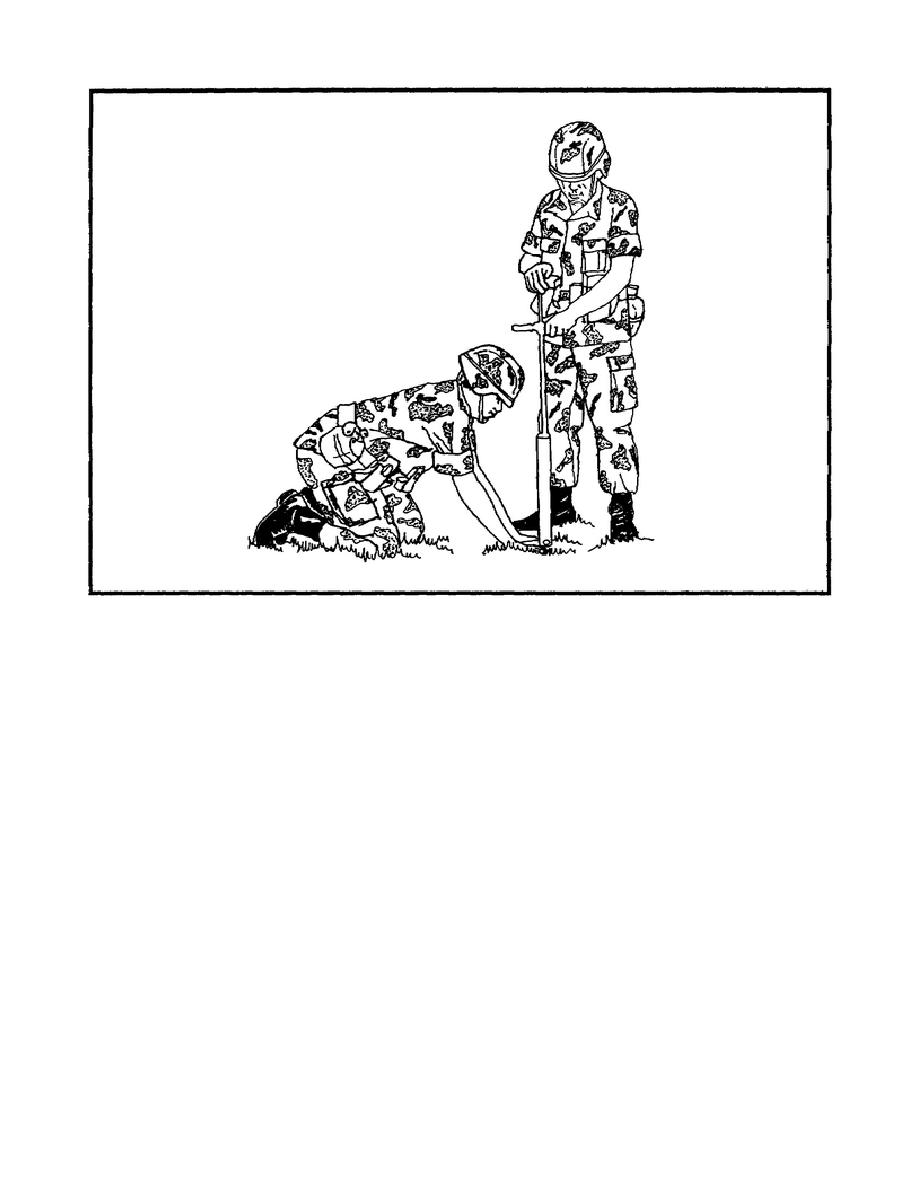
Figure 3-14. Transfer of extracted sample to remolding cylinder
The sample is then pushed to the bottom of the cylinder with the foot of the drop-hammer staff (see figure 3-11,
page 3-28). This allows the analyst to determine undisturbed CI readings on the sample within the remolding
cylinder. The equipment used in obtaining these CI readings varies depending on the type of soil sampled. For
fine-grained soils, the equipment required consists of the cone penetrometer with an attached 5/8-inch-diameter
aluminum shaft and a 30-degree cone that has a base area of 0.5 square inches. For remoldable sands, which are
coarse-grained materials that contain enough fines to exhibit cohesion when wet, the equipment required consists
of the cone penetrometer with an attached steel shaft and a cone that has a base area of 0.2 square inches. In
either case, the procedures used are similar to those previously described for obtaining CI values, see Lesson
3.E.2.b.(2)(a) and figure 3-15). However, in this case, the dial readings are taken at 1-inch intervals for depths
ranging from 0 to 4 inches. Because these values pertain to undisturbed samples, they are recorded in the
"before" column of a chart similar to the one shown in table 3-5, page 3-34.
Following the determination of the undisturbed soil strength, the soil sample is remolded. Remolding procedures
vary depending on the soil type. For fine-grained soils, remolding is accomplished by placing the drop-hammer
foot on top of the sample in the remolding cylinder and dropping the hammer 100 times from a height of 12
inches (see figure 3-16, page 3-34). For remoldable sands, a rubber stopper is placed on top of the sample in the
remolding cylinder, and the cylinder (along with the attached base plate) are dropped from a height of 6 inches
onto a firm surface for a total of 25 times. Once the sample has been remolded, the analyst again determines CI
readings on the soil within the remolding cylinder. The equipment and
EN5341
3-32


 Previous Page
Previous Page
